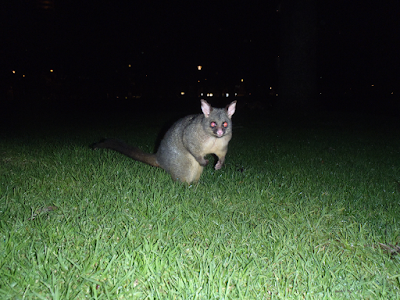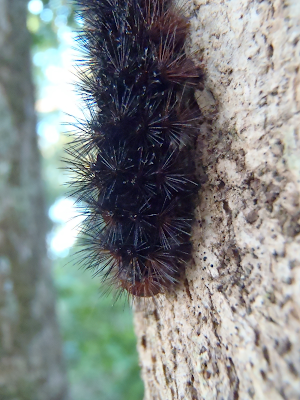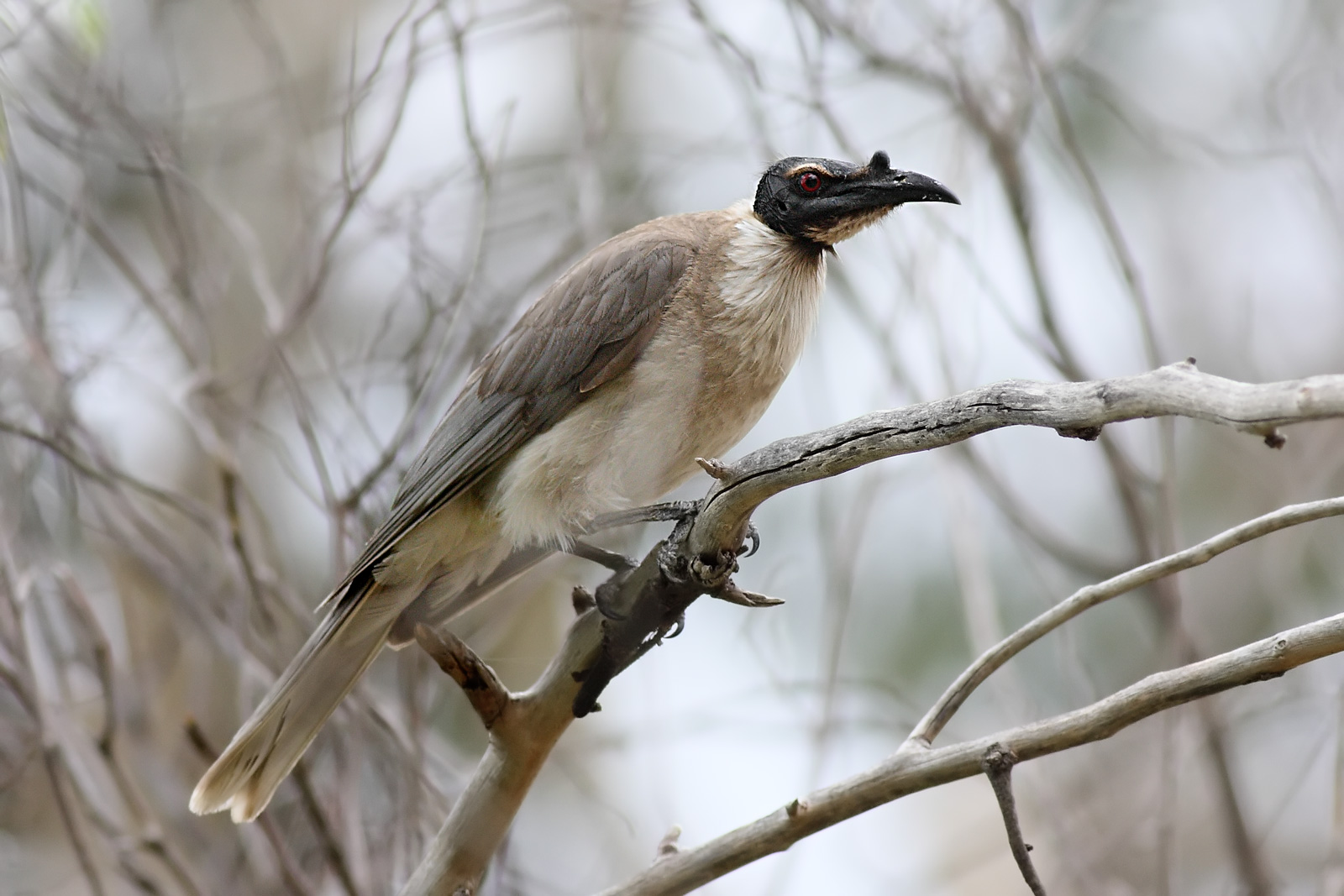 |
| Red-browed finch at Seaford Swamp |
I've recently started a new job. It involves early mornings, long commutes, and "real people" hours (9-5, Monday-Friday), all of which are completely new to me. All this has meant that I have had much less time for writing or posting, let alone excursions to wild places. I've even missed a few Random Invertebrate Days, which is about the laziest form of blogging I could do, since it just involves pulling some old pictures out of the archives.
 |
| Seaford Wetlands Panorama - Click for larger version |
Anyway, a few weeks ago I did manage to get away from the house, and spent a Saturday afternoon seeing what there was to see at Seaford Wetlands. The Seaford Wetlands, or Seaford Swamp as it is maybe better known, are the remnants of the ancient Carrum Carrum Swamp, the majority of which was drained in the late 19th Century.
Though the day had seemed quite nice when I boarded the train, by the time I reached Seaford an hour later it had gotten rather cold and windy, and it started raining about 5 minutes after I arrived at the wetlands. Still, once I had resigned myself to having thoroughly wet shoes, I had a fairly enjoyable walk around the swamp.
I got a chance to try out my new panorama app, Photosynth by Microsoft, the results of which can be seen above. As well as producing flat images like the one above, it can also take full 360 by 180 degree photos, and display them in a 3D viewer (like Google Streetview). Once I have figured out how to upload them in this format, I'll post or link to some. Photosynth is very intuitive, produces excellent results, and I would highly recommend it - it's free, and available for iPhone and Windows Phone devices.
I also snapped some pictures of a couple of new species. Above is a New Holland honeyeater, Phylidonyris novaehollandiae, and below showing the distinct yellow wing patch.
Shortly after seeing the honeyeater, I saw a small flock of red-browed finches, Neochmia temporalis. One photo is up at the top of this post, and another of the same bird is below.
I also found a nice skull amongst a pile of bones and fur:
And here's a picture from an old property bordering the swamp. Although I do like this photo, it unfortunately doesn't do justice to the scene: the windmill was whirling and squeaking away, a loose piece of corrugated iron on the roof of the shed was banging in the wind, and somewhere in the distance a pig was squealing:














































